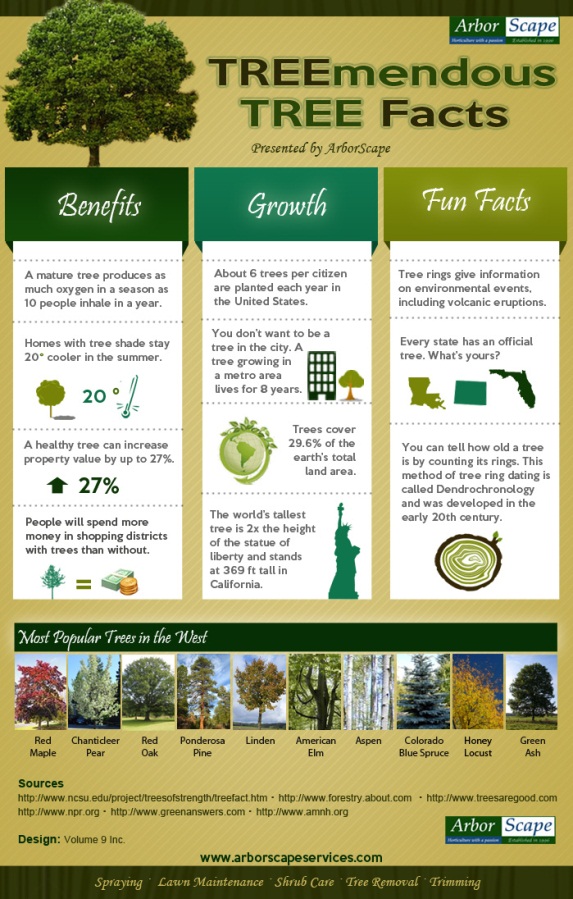Try To Find Substantial Warnings That Your Tree Could Be A Hazard; Recognizing These Can Help Safeguard Your Home And Your Family.What Should You Watch Out For Following?
Try To Find Substantial Warnings That Your Tree Could Be A Hazard; Recognizing These Can Help Safeguard Your Home And Your Family.What Should You Watch Out For Following?
Blog Article
Is It Better To Grind A Stump Or Remove It -Reid Goodman
When it comes to tree care, identifying the indicators that it's time for elimination is necessary for your security and home. You may see discolored leaves, wilting branches, or strange fungal developments indicating health problems. Structural concerns, like a considerable lean or cracks in the trunk, can likewise pose dangers. Comprehending these indication can assist you make notified choices about your trees and protect against potential threats lurking in your backyard. What should you seek next?
Indications of Degeneration and Condition
When you discover signs of decay and disease in your trees, it's vital to act promptly. Look for discolored fallen leaves, wilting branches, or uncommon growths like fungi. These can indicate that your tree is struggling.
If you see cracks in the bark or soft, mushy wood, these signs suggest interior decay. In addition, an abrupt rise in parasites around your tree can indicate that it's deteriorated and at risk.
Check for https://www.ottawaherald.com/lifestyle/20200702/tree-fee-who-pays-cost-of-tree-removal of dead or dying limbs, as they present a threat to your home and safety and security. If you doubt regarding what you see, speaking with an arborist can supply clearness.
Resolving these signs early can save you from a lot more extensive damage and make sure the health of your lawn. Do not wait till it's far too late.
Structural Instability and Leaning
As you observe your trees, watch out for any type of signs of structural instability or leaning. If a tree leans significantly, it may show that the origin system is jeopardized.
Try to find any type of splits in the trunk or dirt around the base; these can signal possible failure. In addition, look for uncommon growth patterns, like an uneven crown, which might suggest that the tree is struggling to hold itself upright.
If you observe that the tree favors your home, high-voltage line, or other frameworks, it postures a better risk. Do not disregard these signs-- speak with an arborist to analyze the situation.
Acting early can stop expensive damages and guarantee your security.
Dead or Dying Branches and Vegetation
If you discover dead or dying branches and foliage on your tree, it's a clear sign that something's wrong.
These undesirable areas can suggest underlying issues like condition, pest infestations, or environmental tension. When branches lose their fallen leaves or turn brown, they're no longer adding to the tree's health and wellness. Overlooking these signs can cause further decline, making your tree more dangerous.
Dead branches can easily break off during tornados, positioning a threat to building and people nearby. It's crucial to examine the level of the damages.
If the trouble impacts a considerable part of the tree, think about getting in touch with a professional. They can aid identify if removal is necessary to make sure safety and keep the elegance of your landscape.
Final thought
If you see any kind of indicators of degeneration, structural instability, or dead branches on your trees, don't ignore them. These signs can pose significant security dangers to you and your home. It's always best to seek advice from a specialist arborist that can provide a specialist assessment of your trees. Taking action early can avoid crashes and pricey damages, guaranteeing your landscape remains safe and healthy and balanced. Remember, it's far better to be proactive about tree care than to await a disaster to take place.
